The 50 most important PC games of all time
They changed how we make games, how we play games, and they changed us.
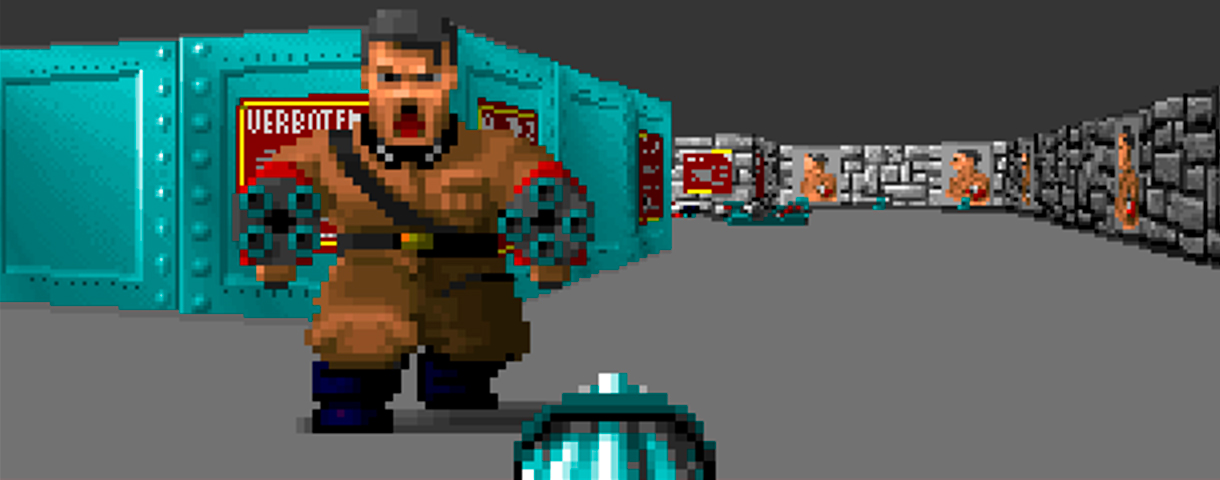
Wolfenstein 3D
Released: May 1992 | Developer: id Software
Why it's important: It stuck a gun in front of burgeoning first-person 3D technology and set the template for a decade of first-person shooters. Like Commander Keen, this wasn’t the first of its kind, but it was the fastest, the smoothest, and the one that set the PC on its path to greatness.
I can't remember my first reaction to Wolfenstein 3D. Being able to say that it blew me away and changed how I looked at video games would probably be the highest honor I can play it. But perhaps the truth says even more about Wolfenstein 3D's impact: I can't really remember what it's like not to have the game in my brain. Those turquoise metal walls and guard sprites. Wooden chambers with swastikas emblazoned on the walls. B.J. Blazkowicz's bloody, swollen face. The joyful sound of a secret passage clicking and sliding out of place.
I carried Wolfenstein 3D around on a sacred floppy disk, taking it to sleepovers where my friends and I would take turns shooting Nazis and clicking on every wall in every room. One of my friends liked to say "Guten tag!" with every shot. I'm pretty sure if I said it to him today, he'd immediately think of Wolfenstein. Given my age, we must've been playing Wolf3D years after Doom had already come out, but I didn't even know Doom existed. Looking back, this was id's stepping stone to superstar status and the proving ground for them to make the most influential PC game of all time. It was pioneering technology and design that would be eclipsed just a year later. I didn't know that at the time—I just knew it was the coolest damn thing I'd ever seen. — Wes Fenlon
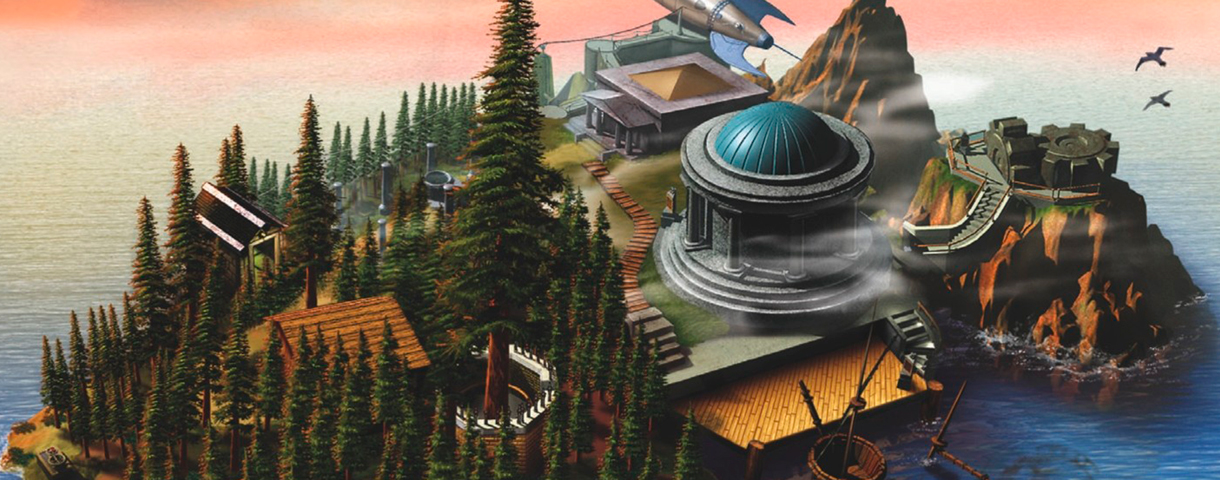
Myst
Released: September 1993 | Developer: Cyan
Why it's important: Love it or hate it, it pushed both CD technology and adventure games into the mainstream, becoming one of the most recognisable and best-selling games ever made. So much a cultural event, it even appeared on The Simpsons, back when that meant something.
What a total piece of shit Myst was.
The biggest gaming news, reviews and hardware deals
Keep up to date with the most important stories and the best deals, as picked by the PC Gamer team.
Here is an example of a typical puzzle in the game:
- Pull a lever.
- Hear a noise in the distance.
- Click the mouse 37 times to traverse the static screens that make up the game world to discover that a gear is now sticking out of a rock.
- Examine the gear. There’s a picture of the moon on it.
- Click 500 more times to align the gear to a switch to open a panel to rotate a mirror to create a hologram of an actor for whom Rob Schnieder’s thespianism would have been unrealistically aspirational babbling on about another gear on another rock.
- Remove Myst from computer, break it in half, and contemplate the bad decisions in your life that led you here and made you such a disappointment to your parents.
And yet… Myst has to be included here. Why? Because as much as gamers—weaned on real adventure games like Day of the Tentacle, Gabriel Knight, and Quest for Glory—recognized it for the fraud it was, Myst was a genuine pop culture phenomenon upon its release in 1993, the kind of thing that if released today daytime talk show hosts would be splooging over, thanks to the admittedly postcard-pretty screens made possible by the then-nascent CD-ROM format. As a result, millions of previously unenlightened people were introduced to the glorious world of gaming.
What a total piece of shit Myst was.
Myst was the game that everyone owned back then. People bought computers (actually, Macs, if we’re being specific) just to play it. Myst CDs were everywhere. They came with new machines. They were at the bottom of cereal boxes. Doctors handed you one after a proctology exam. There was no escape.
So it doesn’t matter that the gameplay sucked. Myst was a beautiful ad for gaming. It was the killer app for CD-ROMs. It made pundits write think pieces about games as art at the same time they were freaking out about how Doom was a danger to society. And this is why it deserves a spot on this list, whether we like it or not. We don’t have to pretend Myst was good, because it wasn’t. But it helped games take one step forwards towards mainstream acceptance. So for that we thank it, even if we also want to pull a lever that turns a gear that flings the CD into outer space. — Jeff Green
The first game I ever played to completion, that I did not work on myself, was Myst. I remember well the first time I loaded up Myst and was transported to a marvelous world, envisioned and expressed in a powerful and unique way I had never conceived of previously. The full screen renders of their beautiful world combined with visual puzzles solved at your own pace, made an experience which captivated me from the first screen to the last.
Myst taught me just how much story telling could be done purely through visuals, and the importance of mood, style and UI. This was before the days of the internet, and I spent tons of time on the phone and comparing notes with fellow staffers as we all powered through to the end. — Richard Garriott
———
I don’t think I really cared about video games until Myst. It wouldn’t run on my home PC, so most sessions were spent at a friend’s place after school and on weekends. At seven years old, it’s not like I knew exactly what we were doing. We pulled and twisted every gear and valve in sight, if only because we knew that it had an effect, even though we couldn’t always parse exactly what. I’m not sure we ever actually finished the game. It didn’t matter. Myst was the first time I was able to explore a contiguous, detailed space brimming with meaningfully interactive components. Our naive experimentation gave way to understanding in small bursts, and the simpler puzzles became our go-tos for a quick bit of satisfaction when we needed it. While Myst is considered one of the most influential puzzle games on the PC, for a younger audience, it was one of the most influential playgrounds around. — James Davenport
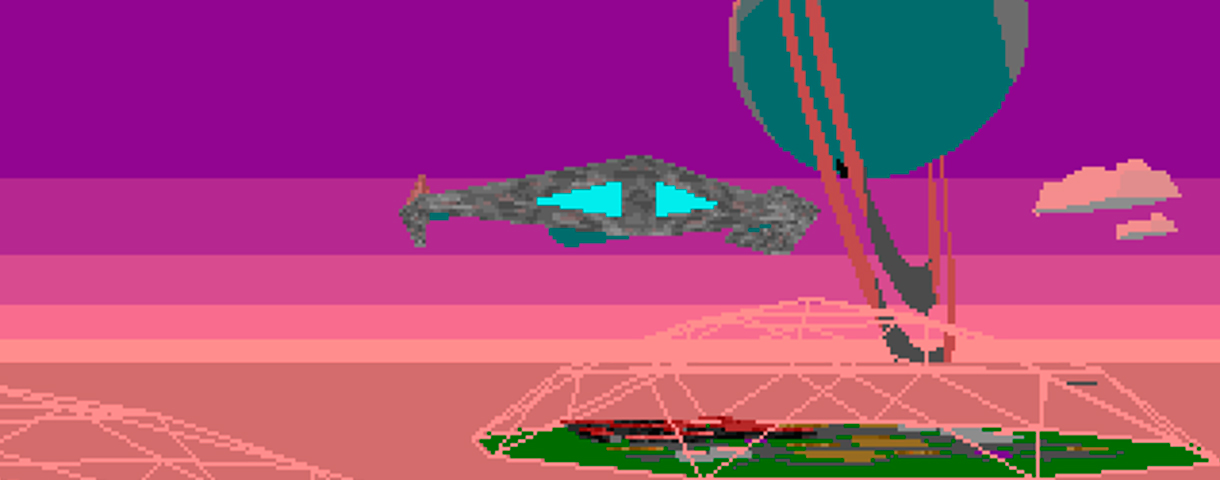
Frontier: Elite 2
Released: October 1993 | Developer: David Braben
Why it's important: Elite gave us the universe. Frontier made it breathe. From heading down to planets (primitive, but still exciting) to filling the spaceways with other pilots, it was like actually entering a whole new universe full of danger, exploration, and profits to be made.
Elite 2 couldn’t live up to some of its promises, because of course it couldn’t. It was a game that promised a universe so nuanced that you’d be able to land in London and see the time on Big Ben… and while that bit made it, the rest of the universe would have to wait until the infamously broken sequel Frontier: First Encounters to really start feeling like worlds worth exploring for their own sake.
But! For the time, what it offered was still nothing short of astonishing. An actual universe, where you could make your way and your fortune working for or between the Federation and the Empire as you chose. The draw of those delicious high-end ships you could only drool at for most of the game. The tension of hauling narcotics and other contraband, or realising you’ve picked a fight with exactly the wrong pirate. Elite took everything the original game offered and dragged it into the present, while still feeling like the future. Simply experiencing the journey from the surface of a planet into deep space without interruption was worth the entry price—and that was just your first glimpse of what Elite 2 had to offer. A whole universe laid out in front of you, waiting to see what you wanted to do with it. — Richard Cobbett
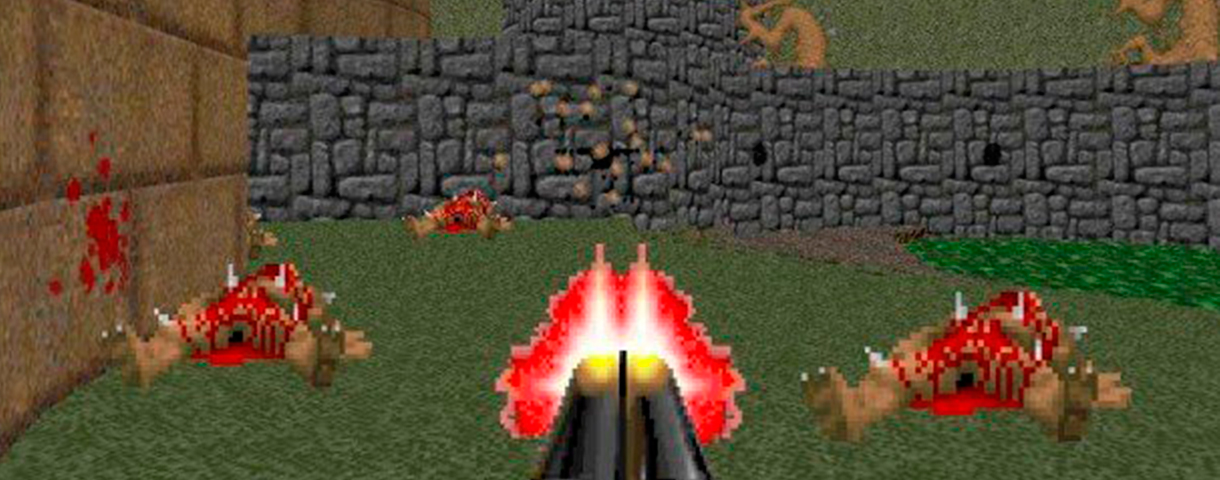
Doom
Released: December 1993 | Developer: id Software
Why it's important: So popular, first-person shooters were called "Doom clones." Origin of "deathmatch." So moddable, it still has an active community today, and directly created the mod scene. We’d never seen a better game. It remains the most influential shooter of all time.
Doom was magic.
Doom wasn’t the first first-person shooter. It’s seldom the first of anything that really nails it, hell, anyone remember the Diamond Rio, or the Virtual Boy? Now we have iPhones and the Oculus. Funny how that works.
Doom was the Texas Southern Rockabilly love-letter to All Things American. From American military arm flexing to fighting off Satan Himself in God’s Name with a shotgun. Doom was Freedom.
The monster designs were on point, the guns were crunchy and powerful, the level design perfect, and above all, the music and audio were CHARACTERS in that game. The doors opening sounded like a demon screaming, the moaning of the creatures and the zombies in the distance, even the pickup sounds popped.
The game even taunted you with difficulty settings that trolled the user, rooms where the lights went out and a gaggle of imps swarmed you, Cacodaemons, aka Hell’s Beholders, came down on you too. Plus, secret passages, demonic runes... the entire game was pure fucking rock and roll and id Software in their prime were truly the Beatles of videogame design. — Cliff Bleszinski
———
I don’t think it’s possible to overstate just how incredible it was to play Doom for the first time. To my 13-year-old eyes it looked photorealistic and, to the game’s credit, it still looks really good. Not because it looks photorealistic, but because it moves so sleekly, with an aesthetic torn straight from a 1980s power metal record sleeve. Reading about Doom, it’s easy to gain the impression that it was important because it added new dimensions to the FPS. It’s less often said that id Software made what still remains one of the most perfectly-balanced games of all time. It just feels like magic. As I write this, I badly want to land three shotgun pellets into a pinky demon, because the muscles in my hands just know that it feels real good.
I lost months of my life in Doom, but I lost even more time in WadEd, a Doom level editor prone to frequent crashing. The fact that I could build worlds that represented what was going on in my head at the time, as an angsty, metal-loving teenager, was something I wish a lot of other people could experience. They can, though: Doom’s eminent modability not only makes it a game that people still play and develop for in 2016, but it also set the foundations for what the PC platform is so beloved for: the fact that after you play a game, you can get creative with it. — Shaun Prescott
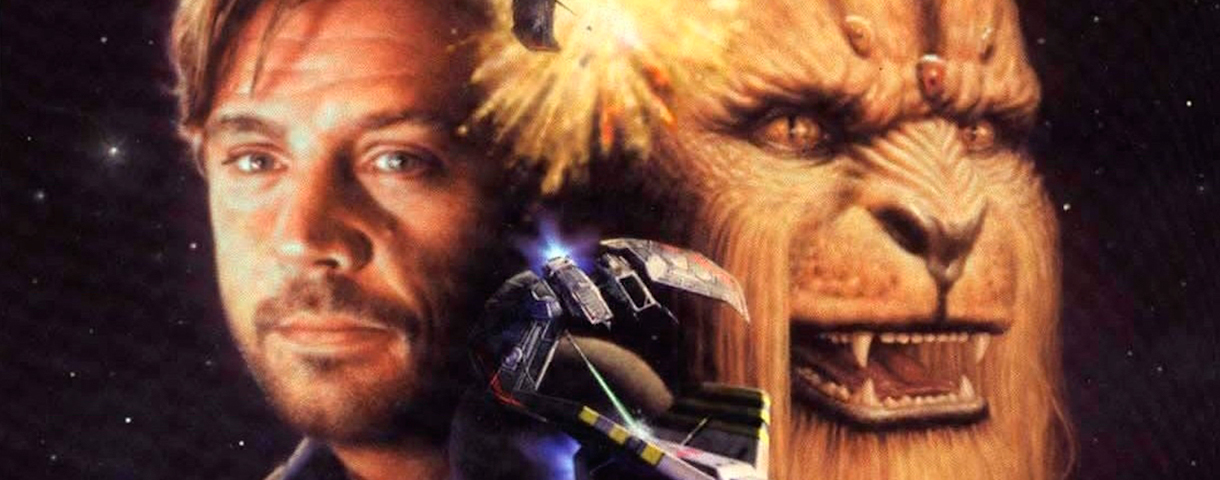
Wing Commander III: Heart of the Tiger
Released: March 1994 | Developer: Origin Systems
Why it's important: Gaming’s first big step towards Hollywood, and big budget action. Unlike most interactive movies it combined surprisingly good FMV with solid action, as well as a somewhat underrated script that dared to spend an impossible $4 million on a story that wasn’t afraid to be downbeat and depressing. A pity most interactive movies just copied the film clips.
A space opera elevated by a glittering array of movie talent, Wing Commander III was hugely ambitious for the time. It still stands up, both for its excellent use of FMV, and the way it structured its campaign around moral decisions you'd normally associate with a Bioware RPG (it even had romance options). The ships you unlock and the missions you take are affected by your conversation choices, delivered with gusto by Mark Hamill, Malcolm McDowell, John Rhys-Davies, Tim Curry and more.
As well as nailing the Commander Shepard fantasy 18 years before Mass Effect, Wing Commander III was also a decent space dogfighting sim with customisable ships and heroic wingmen. The narrative interludes and missions interlocked beautifully, creating a game that was so much more than a mere interactive movie. Many games have tried to match Wing Commander's "cinematic" flair since, but without Mark Hamill and a range of actors in huge lion-man suits, they never really stood a chance. What a gem. — Tom Senior

Wes has been covering games and hardware for more than 10 years, first at tech sites like The Wirecutter and Tested before joining the PC Gamer team in 2014. Wes plays a little bit of everything, but he'll always jump at the chance to cover emulation and Japanese games.
When he's not obsessively optimizing and re-optimizing a tangle of conveyor belts in Satisfactory (it's really becoming a problem), he's probably playing a 20-year-old Final Fantasy or some opaque ASCII roguelike. With a focus on writing and editing features, he seeks out personal stories and in-depth histories from the corners of PC gaming and its niche communities. 50% pizza by volume (deep dish, to be specific).

